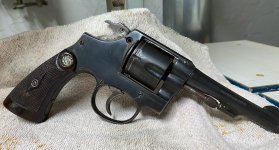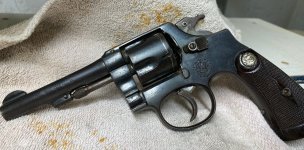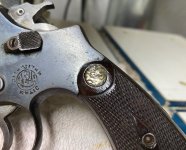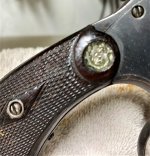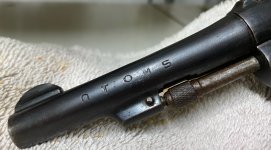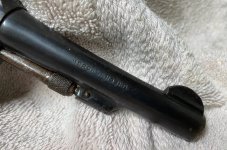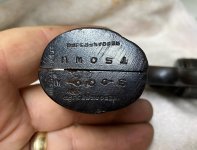I never looked down my nose on some of the Muslim gunsmiths. Their safety practices yes, but skill level no.
https://youtu.be/OPjrP_dQlms
More mom 'n pop factories and stores:
https://youtu.be/MC1Z2-ITNtc
Arms Market:
https://youtu.be/w4895bG4hNk
https://youtu.be/OPjrP_dQlms
More mom 'n pop factories and stores:
https://youtu.be/MC1Z2-ITNtc
Arms Market:
https://youtu.be/w4895bG4hNk

